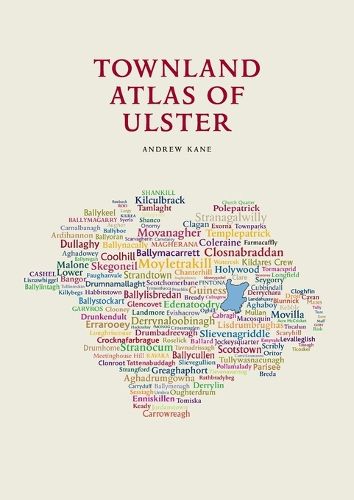Readings Newsletter
Become a Readings Member to make your shopping experience even easier.
Sign in or sign up for free!
You’re not far away from qualifying for FREE standard shipping within Australia
You’ve qualified for FREE standard shipping within Australia
The cart is loading…






This title is printed to order. This book may have been self-published. If so, we cannot guarantee the quality of the content. In the main most books will have gone through the editing process however some may not. We therefore suggest that you be aware of this before ordering this book. If in doubt check either the author or publisher’s details as we are unable to accept any returns unless they are faulty. Please contact us if you have any questions.
The early 17th Century was a time of great turbulence in our society, but also of continuity. Most importantly to us, it was a time of diligent record keeping which we can access today to understand better where we have come from. From the licence to distil whiskey in 1608 to the statistics which even then oiled the wheels of government, we can recognise our modern world in the records of 400 years ago.
Fundamental to 'place' is (or was) the townland - confusing to outsiders (and now many of us locals) this unit of land has been in use for centuries, from the 12th-century land grants of mediaeval monasteries to the line on your domestic rates bill today. Until the mid-20th century (and much later in some localities), rural addresses were given exclusively by townland and the road names and numbers we use today were meaningless to country dwellers. Small enough to be personal in scale but significant enough for government use, townlands stood the test of time until the processing power of computers and our increasingly mobile and urbanised society brought in postcodes and an increasing number of administrative divisions adrift from our history.
This publication maps all 16,000 townlands in the 9 counties of Ulster and the administrative units of church and state into which they have been organised. In an attractive and easily understood layout, these units are shown in the context of land ownership in the 17th century, a pattern clearly recognisable until a century ago when the Land Purchase Acts broke up the estates and facilitated tenant farmers buying their own land. By using the maps and index, family and local historians can easily grasp the essentials of our ancestors' lives - where they worked, paid their rent, went to church and market, etc.
This is an essential reference guide for both newcomer and serious researcher, showing exact locations and where to look for related records. This material has never been collated for the entire province before.
$9.00 standard shipping within Australia
FREE standard shipping within Australia for orders over $100.00
Express & International shipping calculated at checkout
This title is printed to order. This book may have been self-published. If so, we cannot guarantee the quality of the content. In the main most books will have gone through the editing process however some may not. We therefore suggest that you be aware of this before ordering this book. If in doubt check either the author or publisher’s details as we are unable to accept any returns unless they are faulty. Please contact us if you have any questions.
The early 17th Century was a time of great turbulence in our society, but also of continuity. Most importantly to us, it was a time of diligent record keeping which we can access today to understand better where we have come from. From the licence to distil whiskey in 1608 to the statistics which even then oiled the wheels of government, we can recognise our modern world in the records of 400 years ago.
Fundamental to 'place' is (or was) the townland - confusing to outsiders (and now many of us locals) this unit of land has been in use for centuries, from the 12th-century land grants of mediaeval monasteries to the line on your domestic rates bill today. Until the mid-20th century (and much later in some localities), rural addresses were given exclusively by townland and the road names and numbers we use today were meaningless to country dwellers. Small enough to be personal in scale but significant enough for government use, townlands stood the test of time until the processing power of computers and our increasingly mobile and urbanised society brought in postcodes and an increasing number of administrative divisions adrift from our history.
This publication maps all 16,000 townlands in the 9 counties of Ulster and the administrative units of church and state into which they have been organised. In an attractive and easily understood layout, these units are shown in the context of land ownership in the 17th century, a pattern clearly recognisable until a century ago when the Land Purchase Acts broke up the estates and facilitated tenant farmers buying their own land. By using the maps and index, family and local historians can easily grasp the essentials of our ancestors' lives - where they worked, paid their rent, went to church and market, etc.
This is an essential reference guide for both newcomer and serious researcher, showing exact locations and where to look for related records. This material has never been collated for the entire province before.